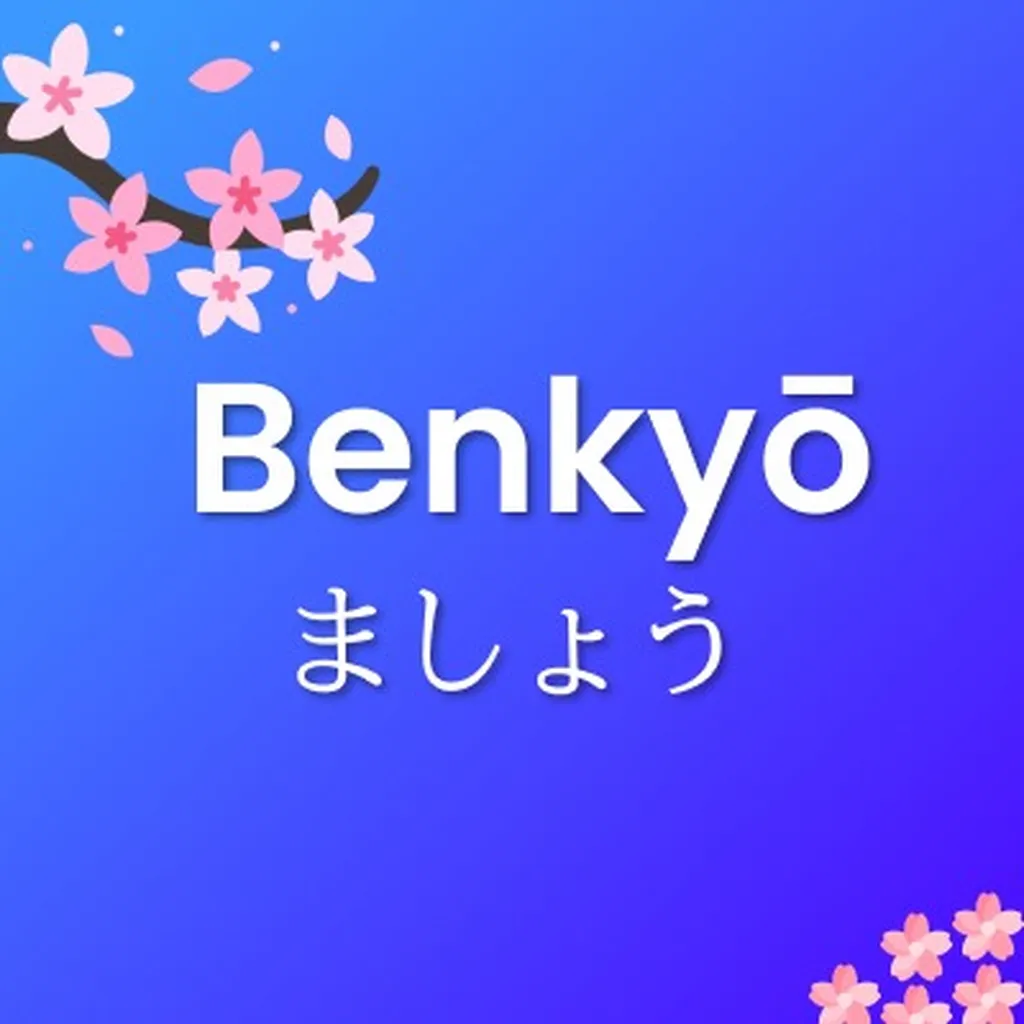Introduction to Honorific & Humble Language (敬語)
敬語
(keigo) is a specialized, polite language system in Japanese used to show respect and establish social distance in formal situations. Understanding and using keigo appropriately is essential for professional contexts, formal occasions, and interactions with people of higher status.
The Three Types of Keigo
1. 尊敬語 (Sonkeigo) - Honorific Language
- Used to elevate others' actions (especially superiors, clients, or customers)
- Shows respect toward the subject of the sentence
- Example: 行く → いらっしゃる (go)
2. 謙譲語 (Kenjōgo) - Humble Language
- Used to lower your own actions when speaking to superiors
- Shows humility about yourself or your group
- Example: 行く → 伺う (go)
3. 丁寧語 (Teineigo) - Polite Language
- The basic polite language you've already learned (です/ます forms)
- Forms the foundation of polite speech
- Example: 行きます (go)
When to Use Keigo
| Situation | Type of Keigo |
|---|---|
| Business settings | All three types, depending on context |
| Customer service | Primarily sonkeigo toward customers |
| Academic settings | Primarily sonkeigo toward professors |
| Job interviews | Kenjōgo for yourself, sonkeigo for interviewer |
| Formal ceremonies | All types, with strict adherence |
The Conceptual Framework of Keigo
Keigo is based on the concept of "in-group" vs. "out-group" (uchi/soto) and hierarchical relationships:
田中さんがいらっしゃいました。
ruby>尊敬語
"Tanaka-san ga irasshaimashita." (Sonkeigo)
"Mr. Tanaka has arrived." (Honorific)
Note: Speaking about someone else using honorific language
「私が伺います。」(謙譲語)
"Watashi ga ukagaimasu." (Kenjōgo)
"I will go/visit." (Humble)
Note: Speaking about yourself using humble language
Cultural Insight:
Keigo is more than just grammar; it reflects core Japanese cultural values of
和
(harmony), hierarchy, and contextual awareness. Even native Japanese speakers study keigo formally and sometimes make mistakes. Many companies provide keigo training to new employees because of its importance in business culture. While it may seem complex at first, mastering even basic keigo will dramatically improve how you're perceived in professional contexts in Japan.
